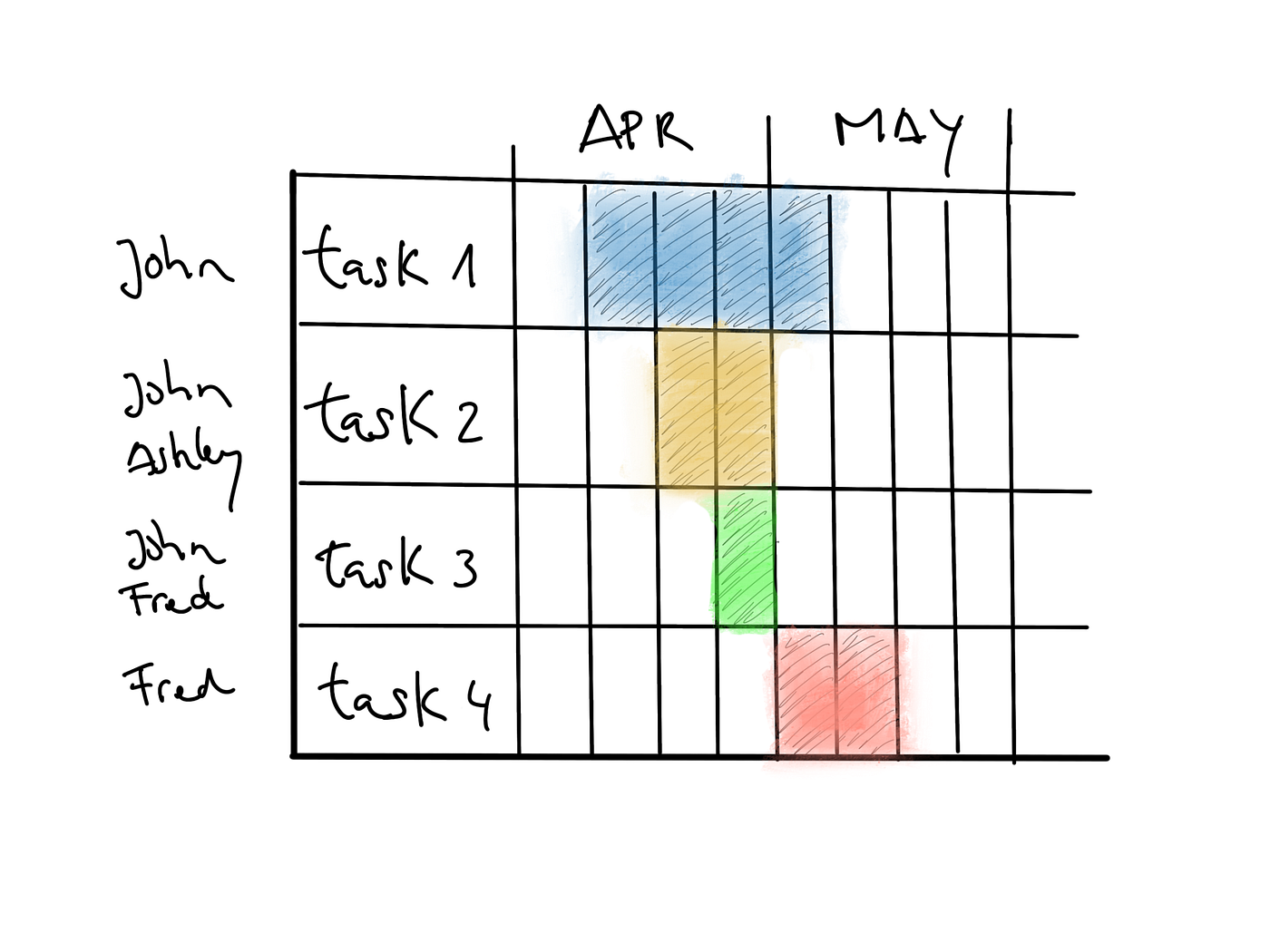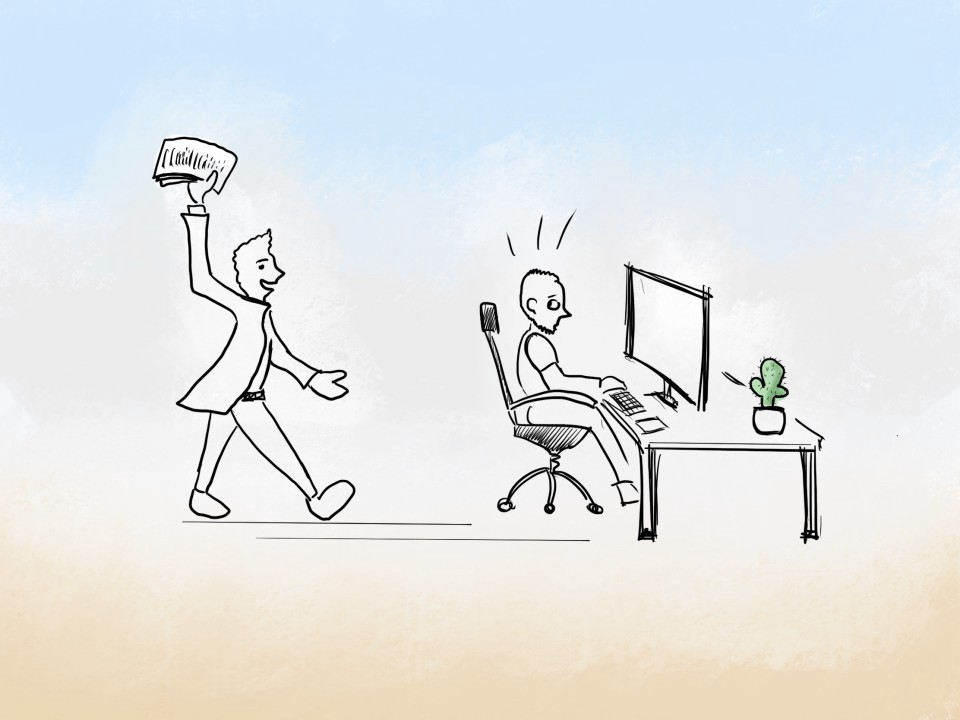By Enrique
Picture this situation. A Product owner/manager/lead …. comes to you with a new request in the middle of the sprint, typically out of nowhere:
“We are building this new functionality and we need you to add some colour, logos and make it look pretty.”
How you, as a designer, respond to this request in the next 30 seconds will impact the way you and your Design team is perceived in the organization, the value you are capable to produce and your personal self/steem. So do not take it lightly and be ready.
How to answer to these kind of requests?
Do not say Yes… right away.
If you are a bit like me, you would be inclined to think that this person knows better. He knows the product and most of all, he knows who is going to use it and what is best for the user. He is in charge of the product right? So you just have to be helpful here and do what he asks.
This is not always the case. Before reacting, take a deep breath and follow the Design process you are familiar with in your projects.
1/ Start by asking questions.
You need to know more. These questions will help you get a better context of the task, frame its scope and help you make better design decisions. Some questions you need to ask are:
- Can you tell me more about this Functionality?
- How was originated?
- Who asked for it?
- What is the main purpose?
- Who does it benefit?
- Is there any documentation I can have a look at?
- Is there anyone else I should talk to?
At this point, you do not want to feel like you are avoiding a simple task by asking a bunch of information so you may want to stop and explain why you need this. I recommend being humble but firm, and make clear that the more you know about the problem, the better you can provide a solution ( it could be just colouring, adding some branding, refocusing the entire functionality itself or even questioning its value).
2/ Draft a plan.
Once you have the information you need, the typical question you will face is:
When can you have it done?
Again, take your time here and do not try to give a deadline in a rush. You need to take a deep look at the information, sit on it for some time (depending on the magnitud of the task) and draft a plan. So the best way to answer could be something like:
“let me review the information and come back to you with a plan in the next X (hours, days..).”
Your plan does not have to be fancy or super detailed, but make sure it contains at least the following:
- Name and brief description of each tasks.
- Estimated date of start and completion of each task.
- Team members working on each task.

3/ Share the plan.
This is where you communicate what it would take to accomplish the job without compromising experience nor functionality: the ideal scenario.
The hardest part here is making sure you communicate effectively what you need and why you need it in order to deliver your best work. Be ready to engage in difficult conversations and if you do, be honest and understanding. Think that the person who first approached you with a simple task in mind may find himself now with an unexpected project or an out of timeline or budget situation. State clear that you are on the same side and you want to help, be flexible if needed but set the limits you consider best to produce your work. You want to deliver quality. Then, adjust the plan if necessary and reach an agreement in which everyone feels comfortable.
4/ Do your magic.
Execute the tasks the way you do it normally and keep the owner in the loop. Give him frequent updates by showing your work in progress, prototypes or any material that you think appropriate. Ask for feedback to verify you are in the right track. Iterate and improve.
In the end, it all comes down to having a work process and stick to it no matter who requests a new task or when he does it.
This will help keep you organised, give visibility of the work you do and raise awareness about the fact that Design is much more than colouring screens.





